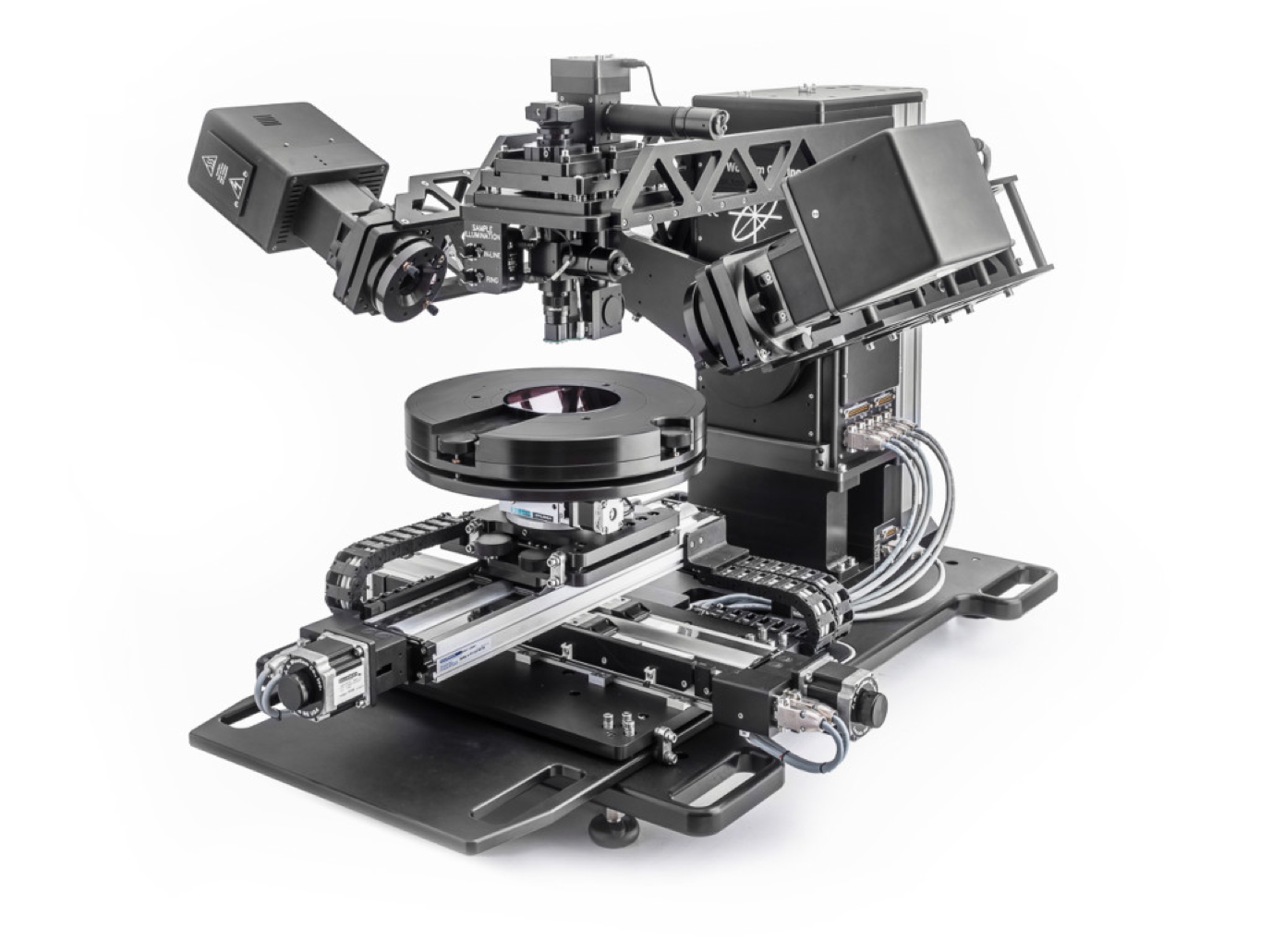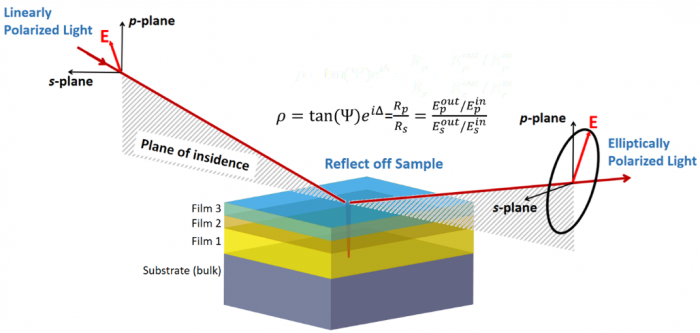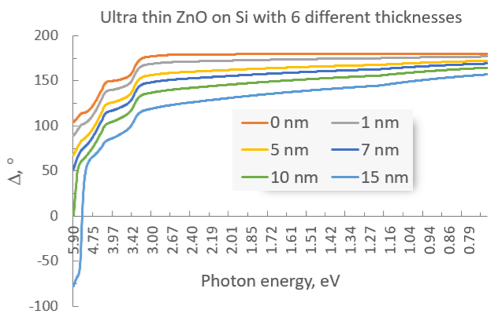
We use cookies to provide great user experience. By continuing on this site you accept use of the cookies.

We use cookies to provide great user experience. By continuing on this site you accept use of the cookies.

Ellipsometry measurements are ideal for thin film and multilayer characterization.
It is a dual rotating compensator spectroscopic ellipsometer, which measures the cross-polarization of the light providing the characterization of the most advanced materials.
The light source has low power density: applicable on in vivo tissues.
Ellipsometry can measure:
Wavelength range: 210 – 1690 nm.
Nr of wavelengths: 1065.
Incident angles: 45° – 90°.
Measure complete spectrum in 1/3 of a second.
Spot size: 120 μm.
Sample scan: up to 200 mm (8 inch).
Obtainable Data
Materials
Application
Display applications: measurements of a-Si, poly-Si, microcrystalline-Si, OLED layers, color filters, ITO, MgO, polyimide, and liquid crystals are beneficial during display R&D and production.

PRECISION AND ACCURACY
MEASUREMENT CAPABILITIES



Intensity: both reflectance and transmittance, including anisotropic terms such as like and cross-polarized intensities.
Other Applications

WORKING PRINCIPLE
Spectroscopic ellipsometry (SE) measures changes in the reflectance and phase difference between the parallel (Rp) and perpendicular (Rs) components of a polarized light beam upon direct reflection from a surface of liquid or solid sample.

Reflectance (p, s) is described by the main ellipsometric angles Y and D. Because ellipsometry measures the ratio of two values originated by the same signal, the data collected are highly accurate (e.g., can detected thickness down to Å resolution), and reproducible. Most importantly, no reference specimen is necessary; the measurements are independent from the light source intensity and mechanical vibrations.




